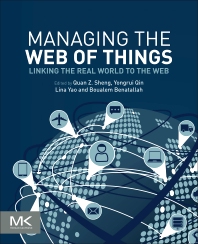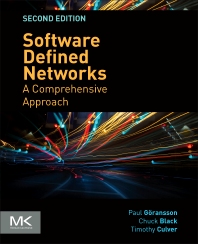Morgan Kaufmann
- 1st Edition
- Michael Sheng + 3 more
- English

Managing the Web of Things
- 1st Edition
- Daryl Inniss + 1 more
- English

Silicon Photonics
- 1st Edition
- Augusto Vega + 2 more
- English

Rugged Embedded Systems
- 3rd Edition
- David B. Kirk + 1 more
- English

Programming Massively Parallel Processors
- 1st Edition
- Alberto Ferreira
- English

Universal UX Design
- 2nd Edition
- Karen Holtzblatt + 1 more
- English

Contextual Design
- 1st Edition
- James Farmer + 3 more
- English

FTTx Networks
- 1st Edition
- Syed V. Ahamed
- English

Evolution of Knowledge Science
- 2nd Edition
- Paul Goransson + 2 more
- English

Software Defined Networks
- 1st Edition
- Sachidananda Kangovi
- English

Peering Carrier Ethernet Networks